Can one head teacher effectively run three schools?
Parents in the East Neuk of Fife will soon find out when St Monans, Elie and Colinsburgh primary schools start sharing one leader.
Several pairs of schools in the region are already under a single head teacher, but the East Neuk schools will be the only group.
The new arrangement – and a joint headship for neighbouring Crail and Pittenweem primary schools – was approved after Fife Council retreated from so-called super-head proposals.
These could have seen EIGHT East Neuk primary schools and the local secondary school, Waid Academy, share one head teacher, but were fiercely resisted by local parents.
Shared head teacher for 3 East Neuk schools
However, as the council continues to move away from employing teaching head teachers, the three-school model could be adopted at other schools in the region.
While head teacher sharing between two schools has become common-place across Scotland there remain relatively few sharing groups. In 2021, there were only 23 head teachers leading three or more schools. Dumfries and Galloway has several three-school clusters and in Arran one head teacher oversees six schools.
Are three schools too much for one leader?
Elie Primary School parent council thinks so.
The small rural school – which has only 27 pupils – already shares a non-teaching head with neighbouring Colinsburgh Primary School but parents are reluctant for a third school to be added to the mix.
Parent council chair Emily Robson Ramsay says parents are worried their school will become less of a priority if there are problems to be dealt with elsewhere.
She said: “It’s completely up to the head teacher as to how much time they spend in each school so it’s perfectly feasible there will be no leader in the school for possibly the whole week on occasion.
“At the moment the bigger school, St Monans, has a lot more to deal with in terms of pupil behaviour and challenges than the smaller schools.”
And, she said, the chances of the head teacher having to fill in for absent teachers before a supply teacher can be sourced are multiplied with three schools.
‘I’m sure we won’t be the last’
Describing the three-school joint headship model as ‘experimental’, she warned: “I’m sure we won’t be the last.”
Scottish primary school leaders union, the AHDS, said that challenges can outweigh benefits in joint headships.
General secretary Greg Dempster said: “We are not opposed to joint headships but we are very clear that each situation needs to be looked at on its own merits, not seen as a cost-saving exercise.
“Here, the big challenge is that there are three separate schools with three separate parent bodies and communities.
“They will, I expect, have three sets of parent nights, three school improvement plans, three nativity plays; all sorts of things.
“It’s the multiplication of the work which means that being in a joint headship is a real challenge, and the fact that a head teacher can’t be in each school as much as they and their school community would like them to be.
“There are also opportunities across three schools, bringing pupils and staff together for different things like sports and staff development.
“But the challenges are probably greater than the potential upsides.”
Pros and cons
A study of joint headships by Aberdeen University and the Northern Alliance Regional Improvement Collaborative said there was a lack of research into the leadership model.
Perceived benefits identified included better collaboration, access to more resources and buying power and wider socialisation for children.
Challenges include ensuring equal attention for each school community, multiplied workloads and communication with staff and parents.
Difficulties in recruiting and retaining head teachers for smaller schools has previously been flagged by Fife Council.
But it insists the key driver for creating these latest joint headships is to achieve its school leadership strategy aims of:
- strengthening management
- creating attractive leadership opportunities
- supporting partnership working while maintaining schools’ individual identities
- encouraging networking, collaboration and sharing of skills and knowledge
- maximising use of resources.
Individual school staffing budgets, it says, are not reduced but pooled to create the shared team.
It also highlighted largely positive inspection results for schools sharing head teachers. Recent reports from Education Scotland on two such schools – Coaltown of Balgonie and Tulliallan – praised the impact of staff working together.
Education head of service, Angela Logue, said: “Evidence gathered through ongoing quality assurance processes shows the aims of the [school leadership] strategy being realised within the leadership models and attainment in the schools being good/very good.
“Based on this evidence and what we have learned over the last 10+ years around the development of joint leadership arrangements, we are confident that the three school arrangement will be successful.”
Future joint headships would, she said, be considered where school rolls fall below 125 pupils, losing entitlement to a non-teaching head.
But more group models like that at Elie, Colinsburgh and St Monans would be brought to councillors for a decision.
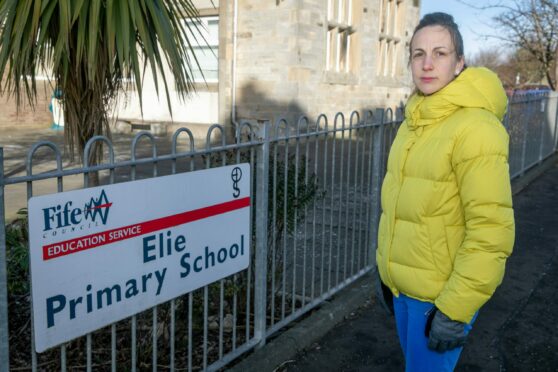
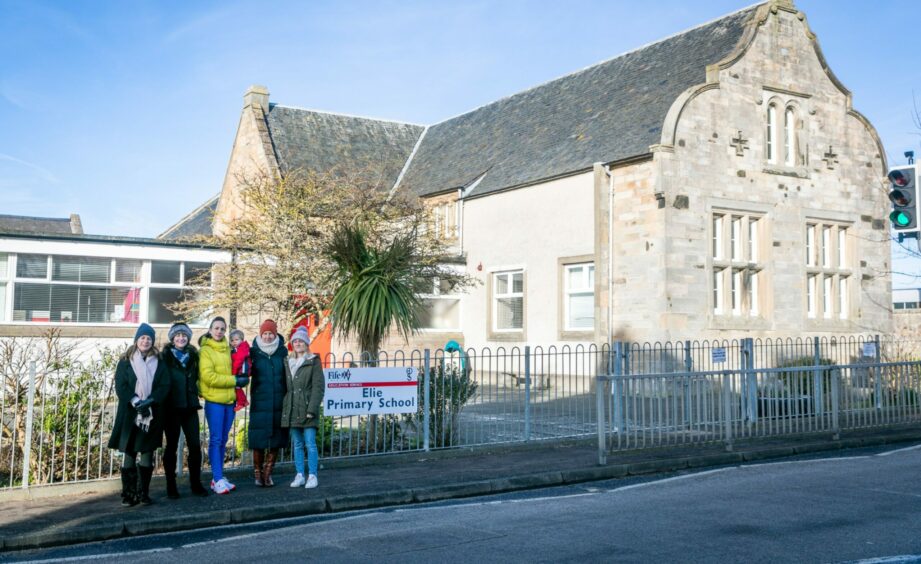
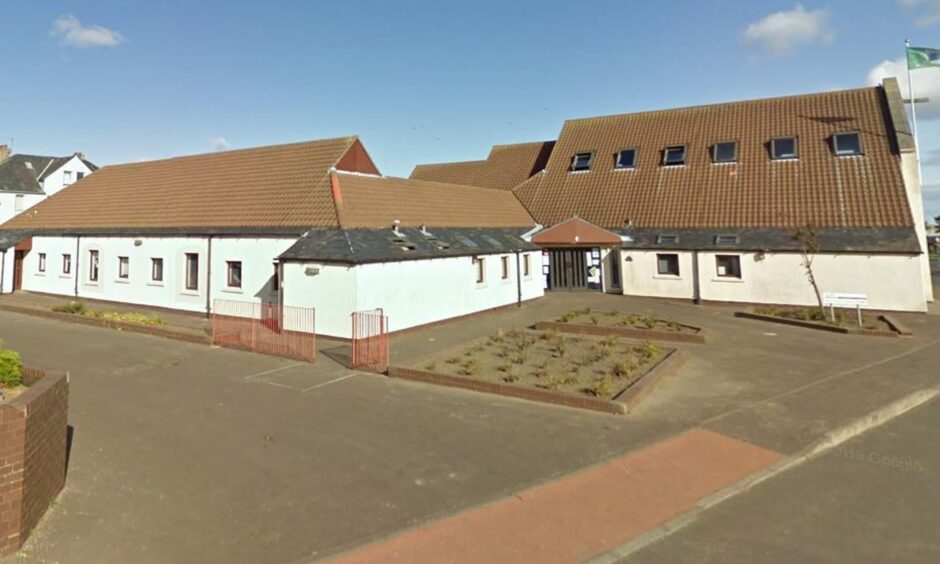

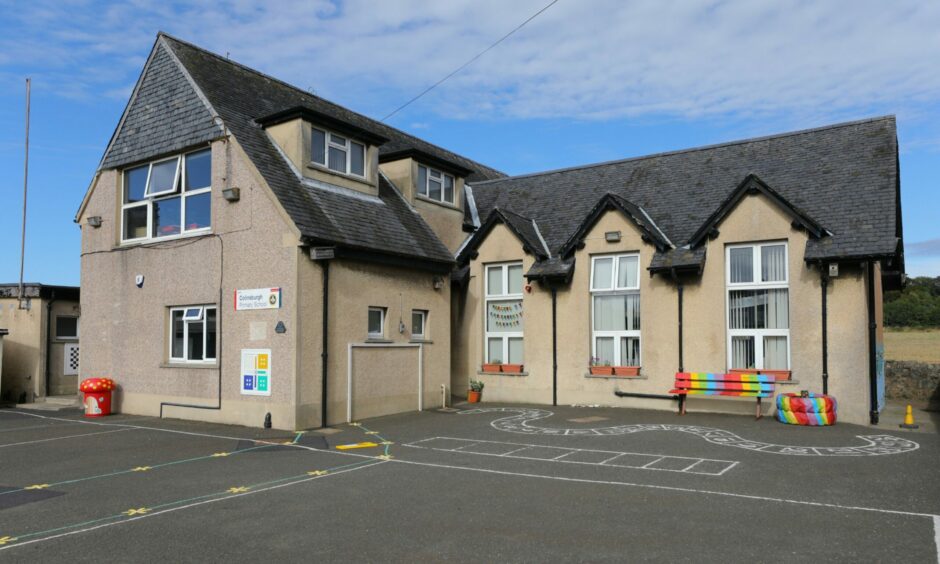
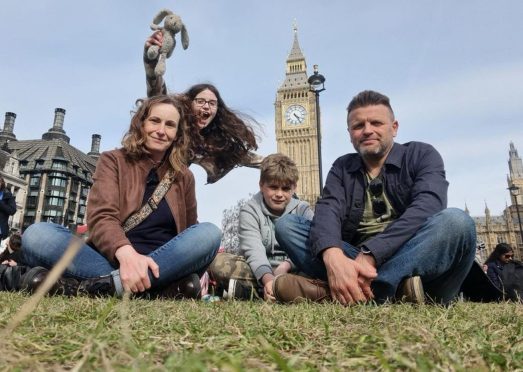









Conversation